Three Minute Justice
Gavin O’Hare is a member of Annapolis Snipe Fleet 532. Three minute justice is a protest hearing system that takes the burden off of the race organizers. It is a system that has been around for years. The former head coach of the Old Dominion Sailing Team, K.C. Fullmer, was the first to introduce it to the US Team Racing Association (USTRA) and the system has been used at many regattas including the USTRA annual midwinter championship. The race organizers do not have to form a protest committee. The burden of forming a committee is put on the shoulders of the parties involved in the protest. Let’s use an example. Fred Flintstone and Barney Rubble are in a collision. Fred and Barney both decided not to take a 360 degree penalty turn to exonerate themselves. Fred felt that Barney’s alleged rule infringement played a part in the outcome of the race, i.e. Fred felt that his team would have won if he wasn’t in a collision with Barney. Fred decides to protest. Fred reports that he is protesting to the finish boat. ...


Gavin O’Hare is a member of Annapolis Snipe Fleet 532.
Three minute justice is a protest hearing system that takes the burden off of the race organizers. It is a system that has been around for years. The former head coach of the Old Dominion Sailing Team, K.C. Fullmer, was the first to introduce it to the US Team Racing Association (USTRA) and the system has been used at many regattas including the USTRA annual midwinter championship. The race organizers do not have to form a protest committee. The burden of forming a committee is put on the shoulders of the parties involved in the protest.
Let’s use an example. Fred Flintstone and Barney Rubble are in a collision. Fred and Barney both decided not to take a 360 degree penalty turn to exonerate themselves. Fred felt that Barney’s alleged rule infringement played a part in the outcome of the race, i.e. Fred felt that his team would have won if he wasn’t in a collision with Barney. Fred decides to protest. Fred reports that he is protesting to the finish boat.
…
The three minute justice hearing can be held at the end of the day, after lunch, or between rotations if there is time. Fred needs to find a person (who is not on his team) to represent him, Barney needs to also find someone (who is not on his team) to represent him. Fred asks Mr. Slate and Barney asks Kazoo. Basically, Fred has a minute to tell Mr. Slate and Kazoo his side of the story. Barney then has a minute to tell Mr. Slate and Kazoo his side off the story. After the two sides have had a minute each (which should be timed), Fred and Barney are excused and Mr. Slate and Kazoo have a minute to make a decision.
We strongly encourage the jury to make a decision. Their decision is final, but if they cannot make a decision then the protest is disallowed. The jury then reports the decision to the race organizers and the case is closed.
Three minute justice is a fair and equitable way to run protest hearings; it is at least as good as 50/50 which is what most people believe their chances are in a standard protest hearing. Complex situations and obscure appeals do not come into play. Sailors soon realize that the decision is usually made against the person who has the burden of proof (what used to be called onus in the rules).
The USTRA suggest using the system at any regatta that does not have the luxury of on the water umpiring. These hearings have been held on a beach under a palm tree, in the shower of a locker room, and even standing over the keg of beer er, ah, soda! So give it a try—it saves a ton of headaches.
Comments for this post are closed

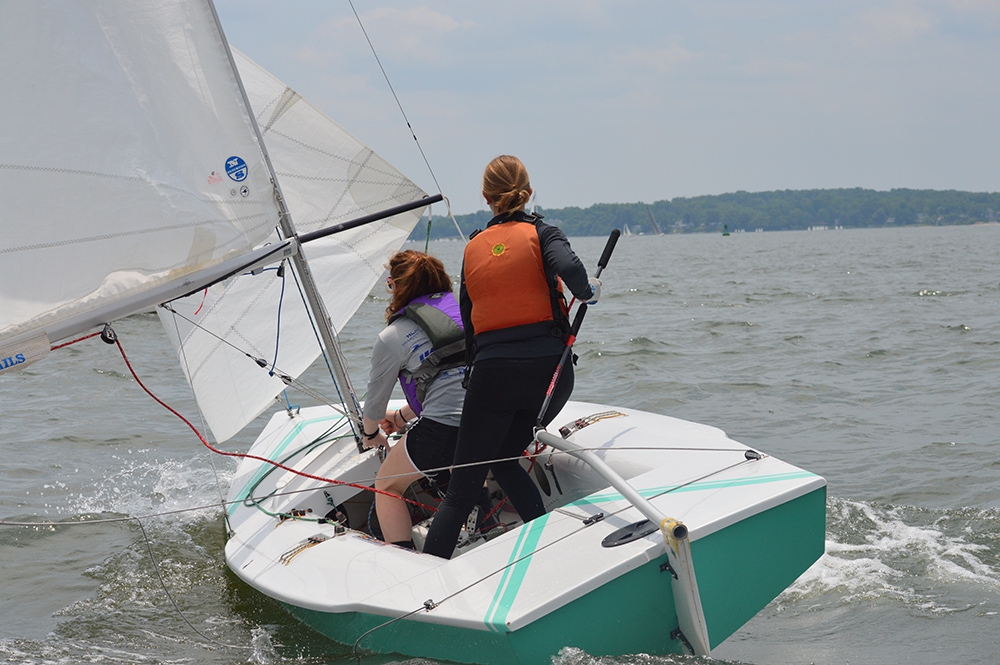
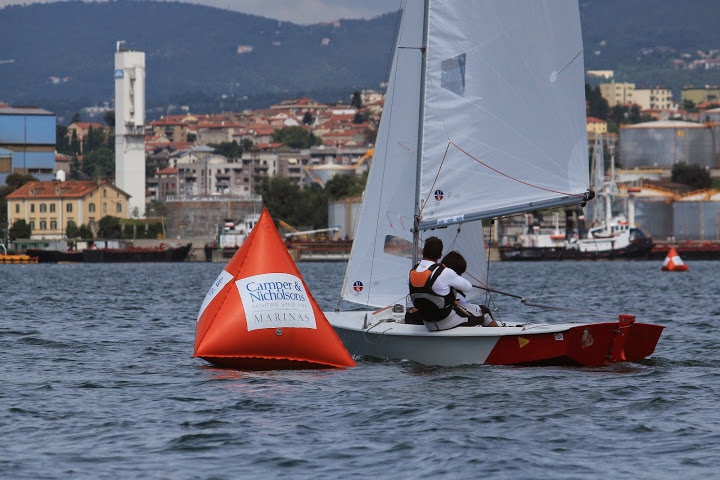
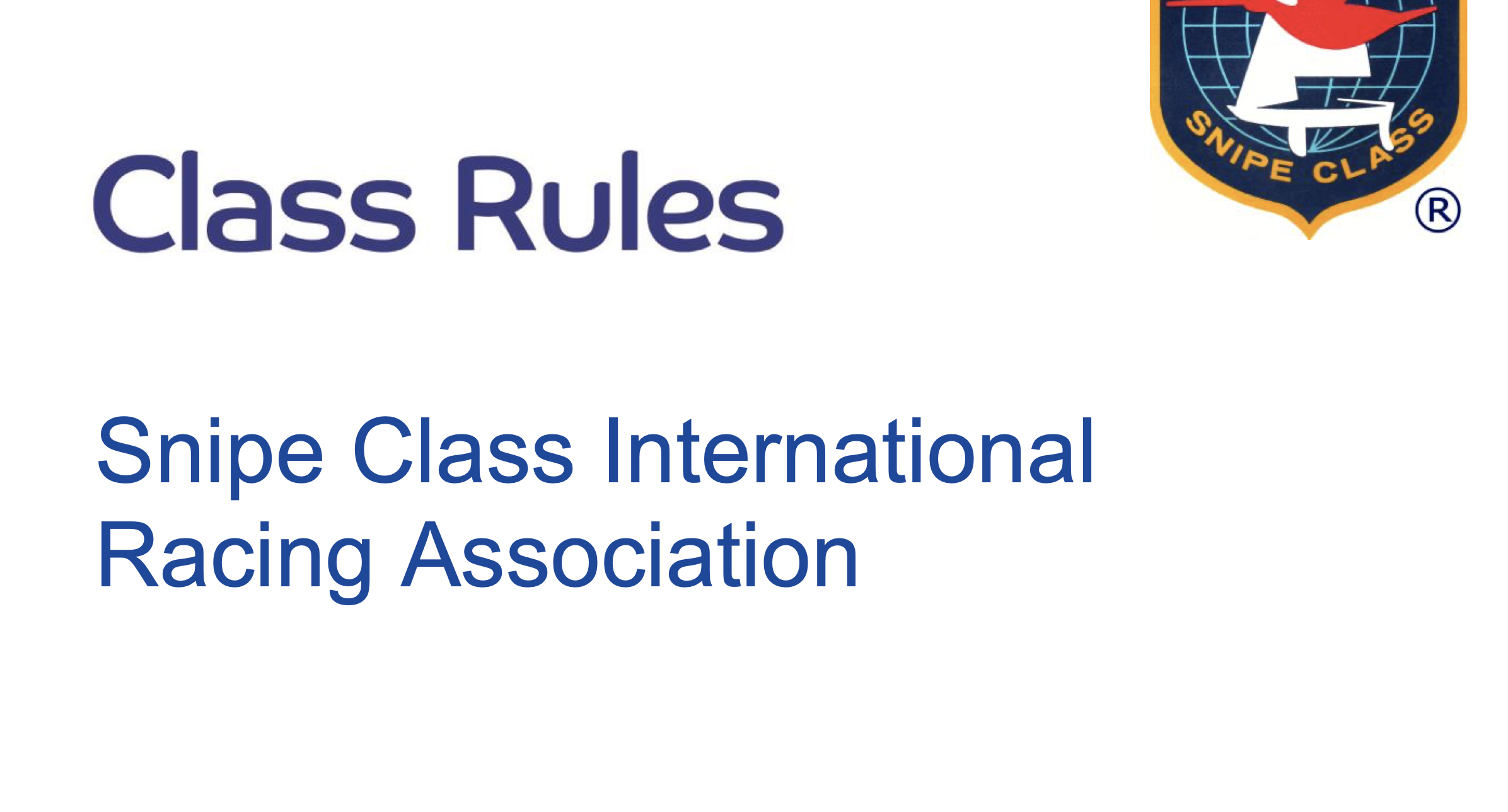
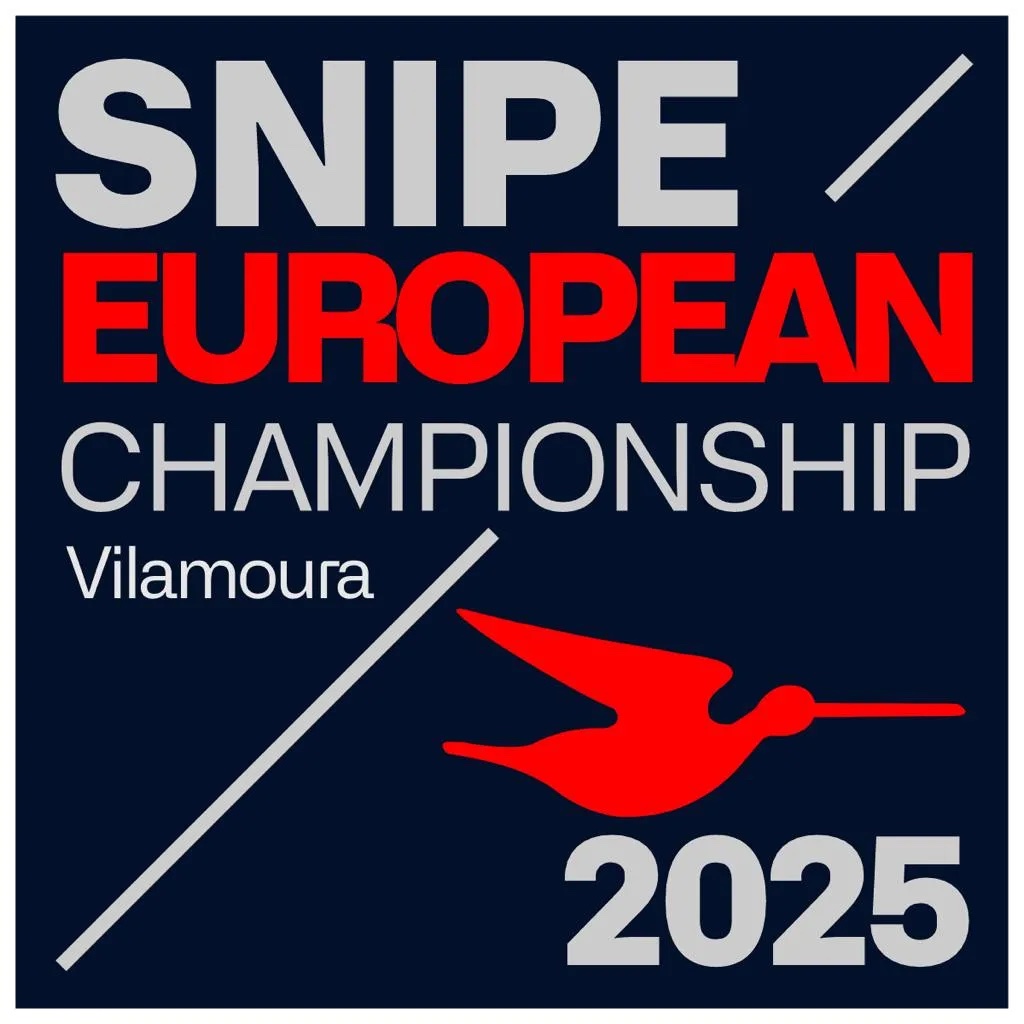
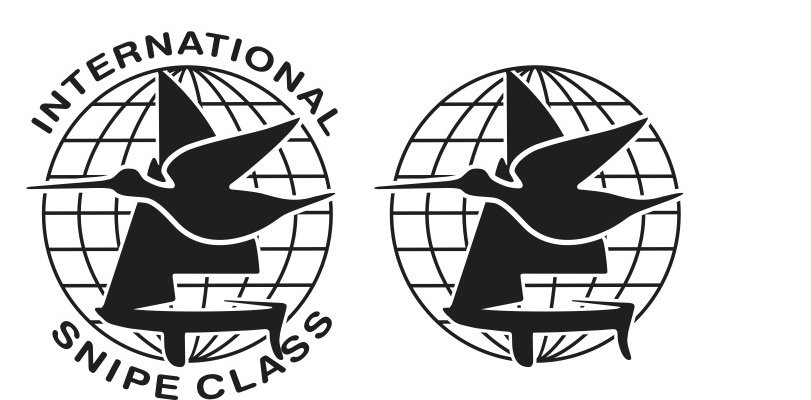
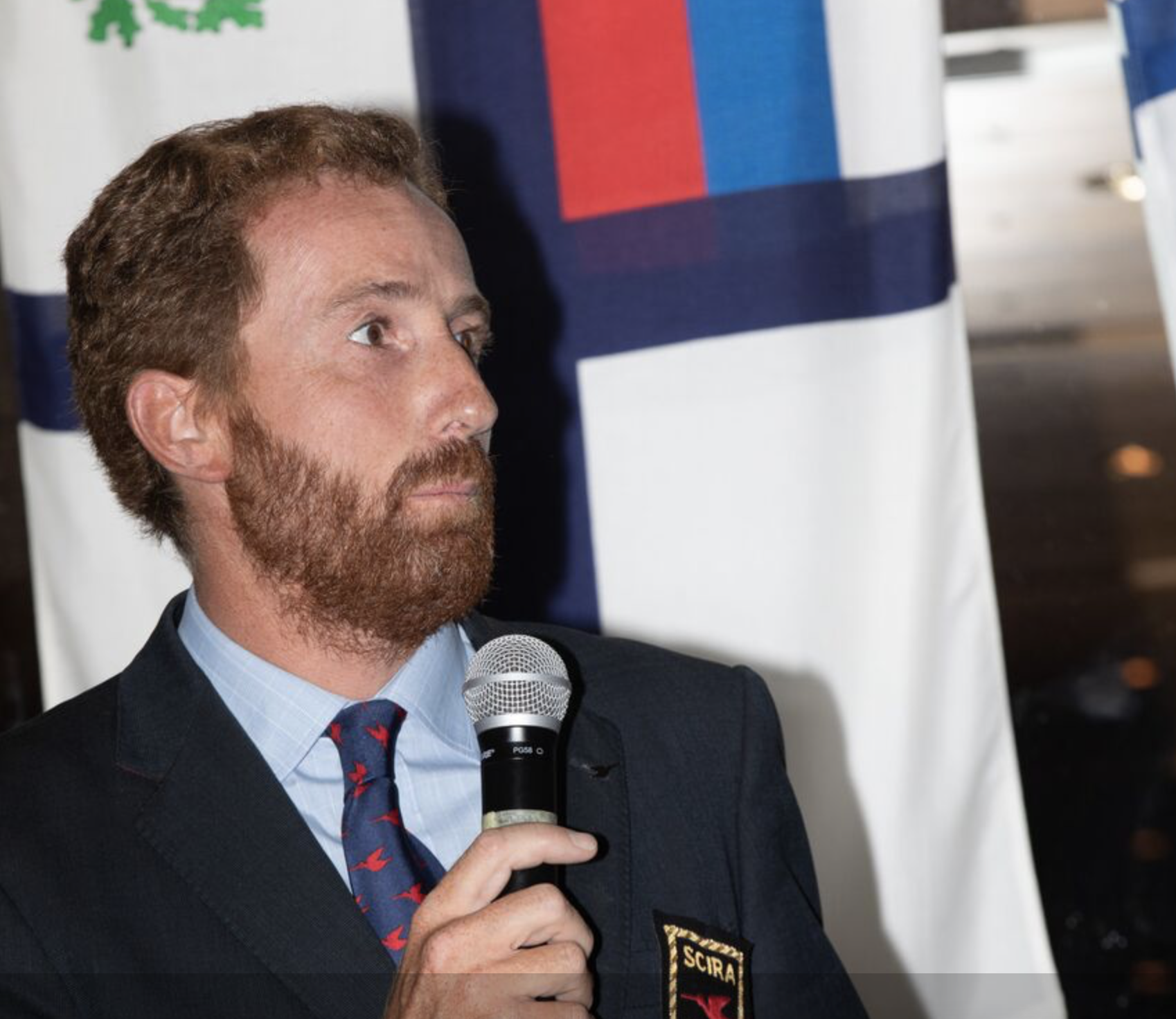
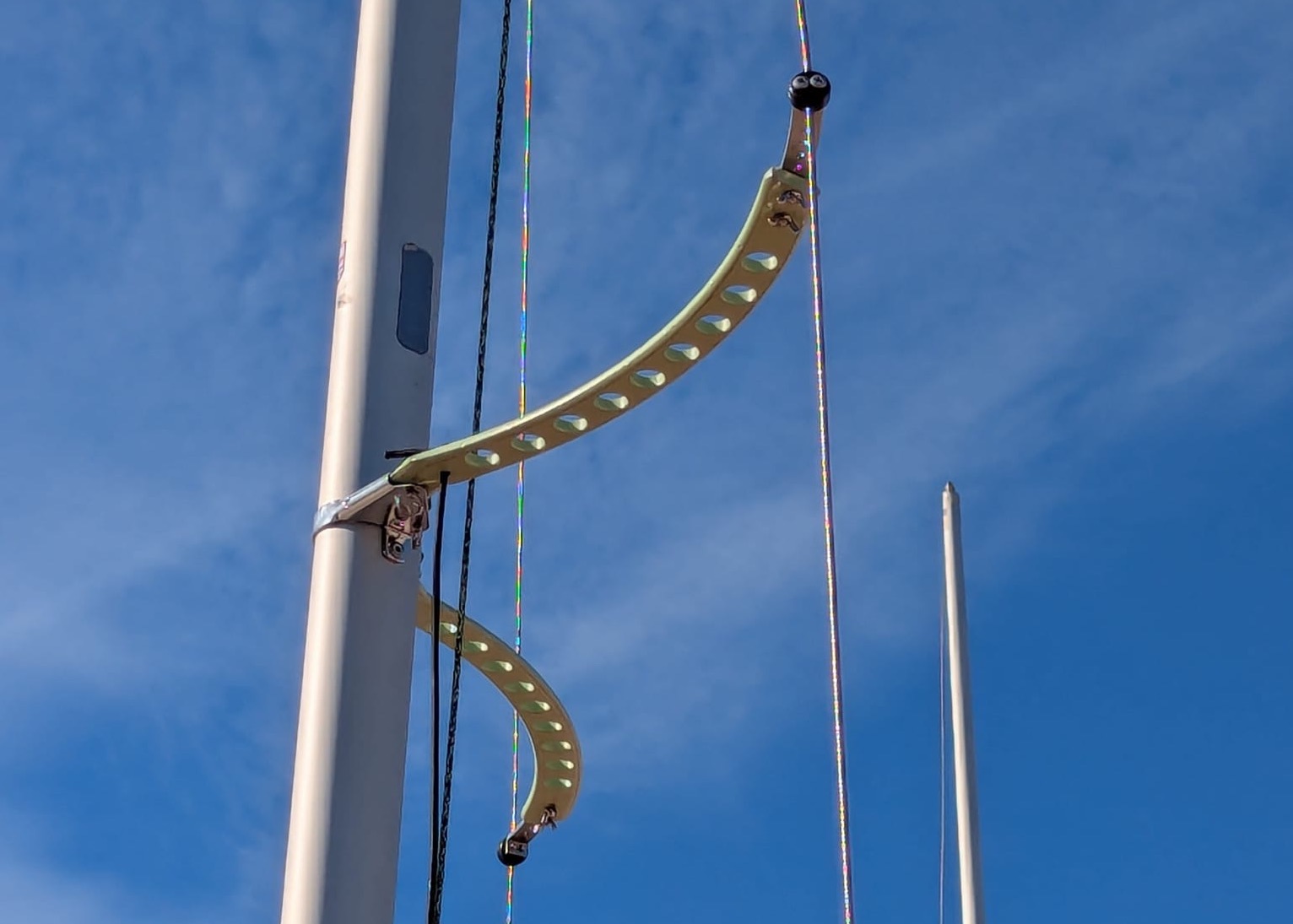
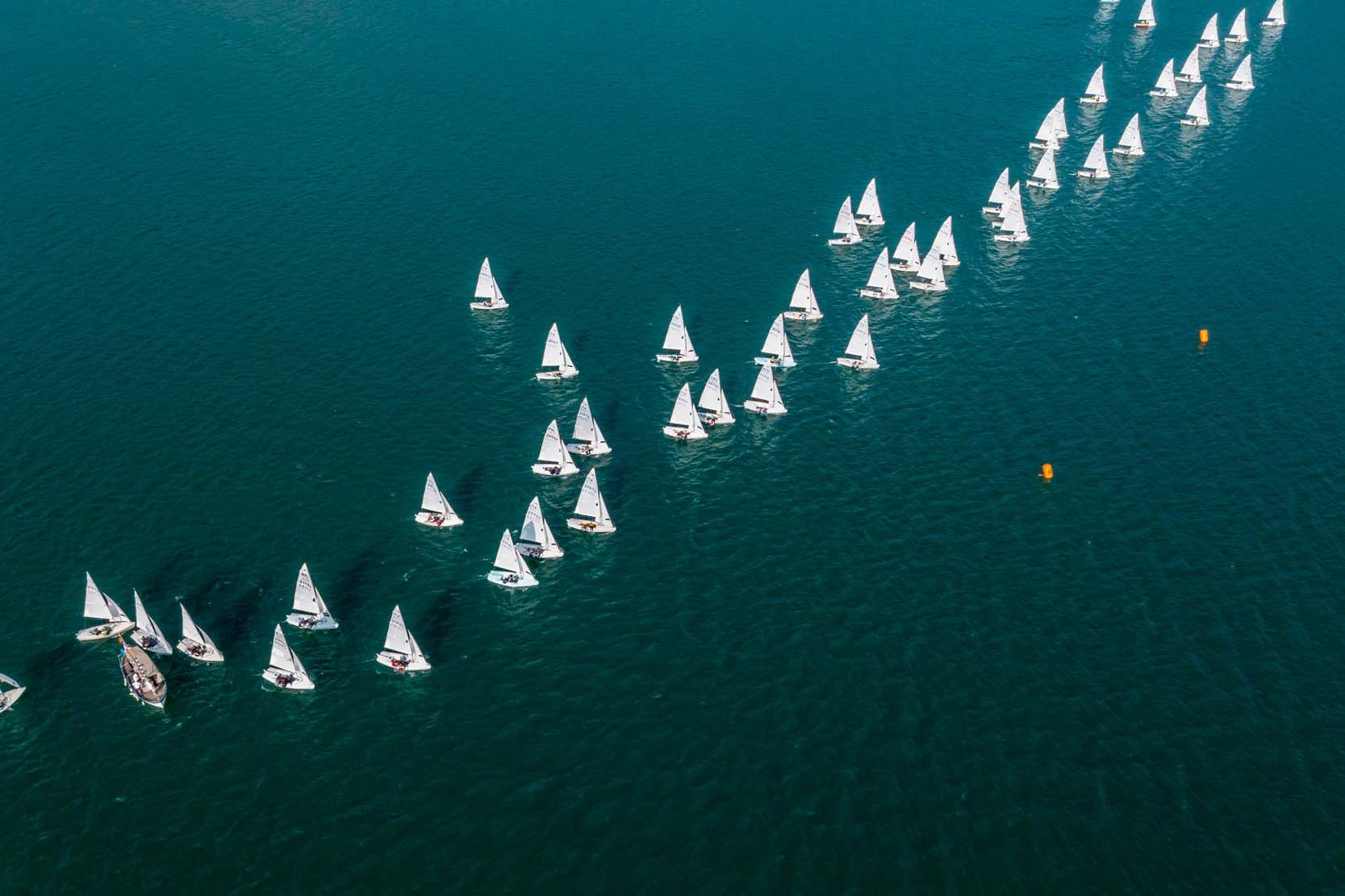
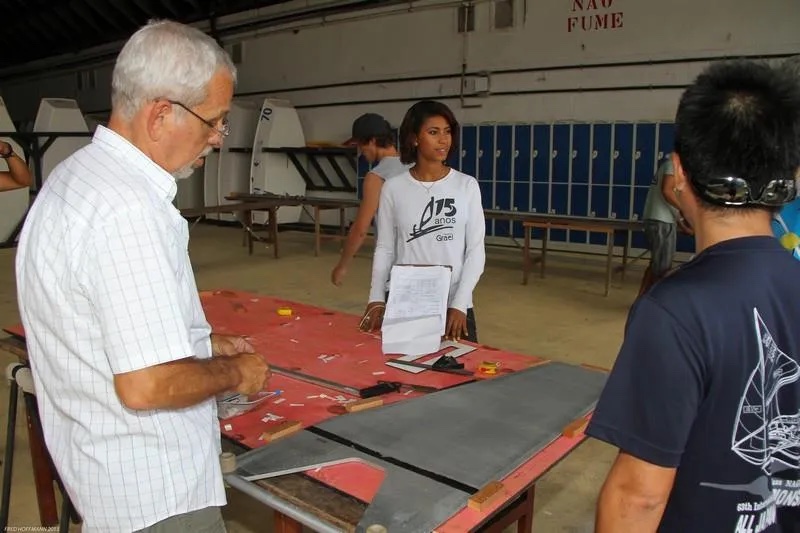
0 comments